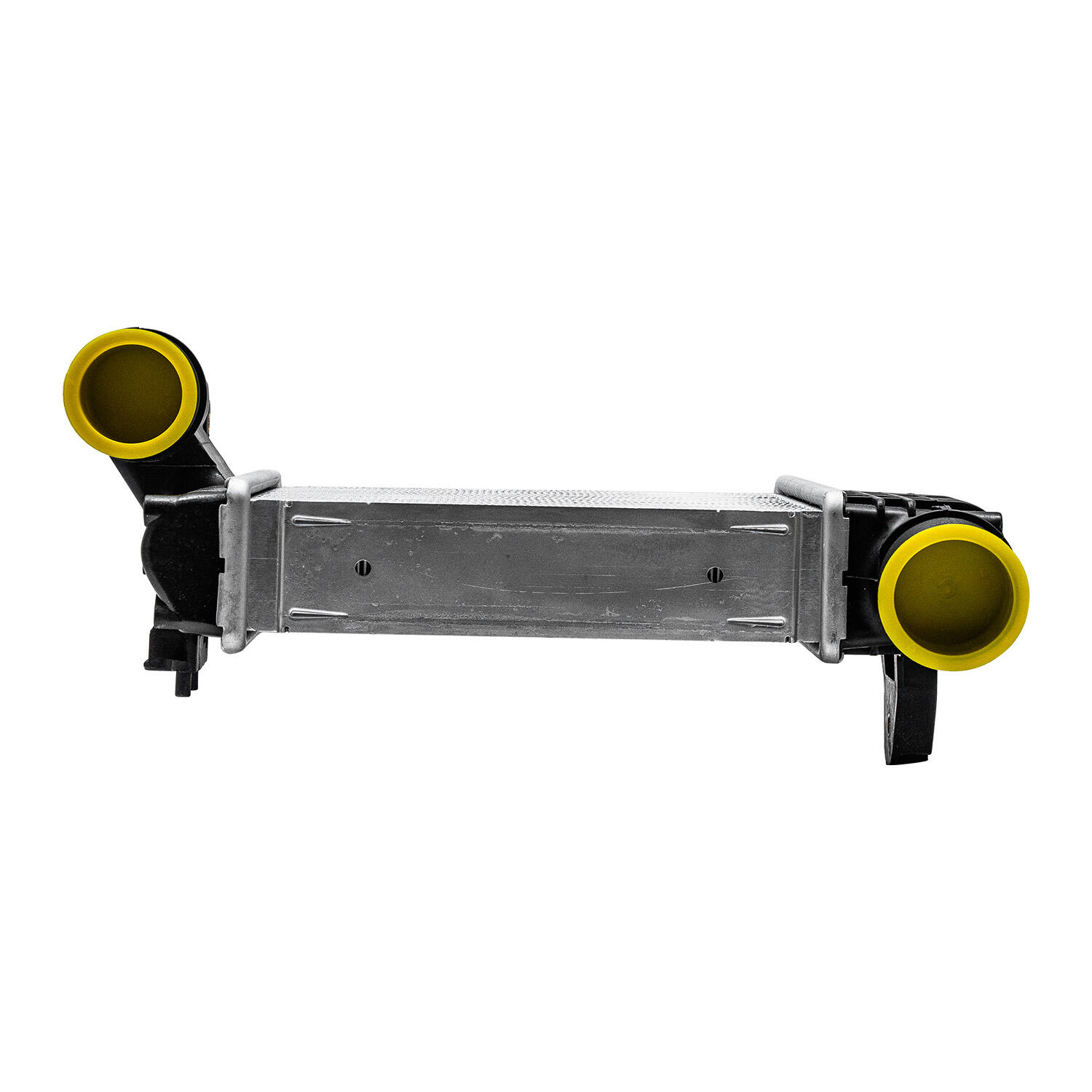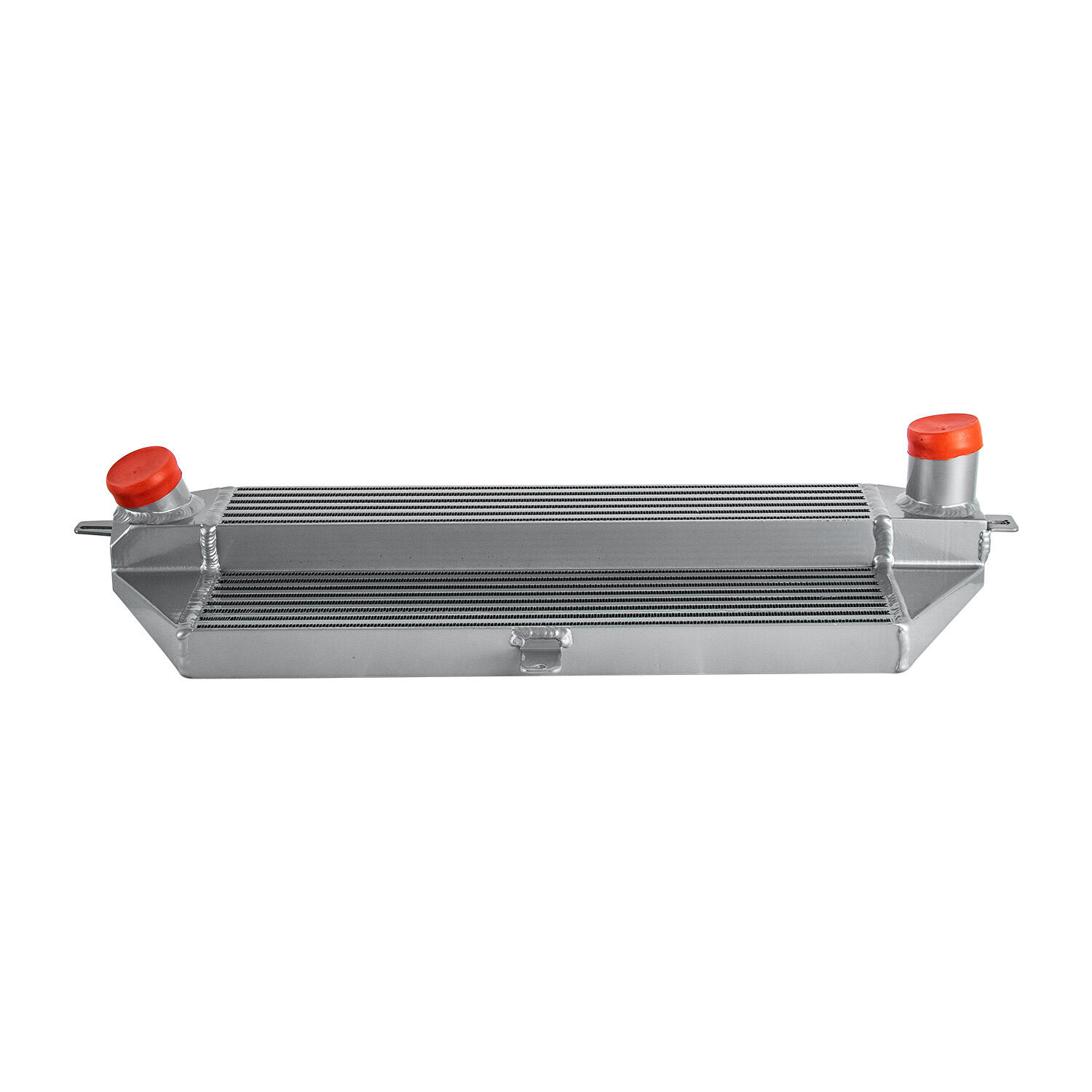Revolutionizing Automotive Performance Through Advanced Manufacturing
The automotive aftermarket industry is witnessing a groundbreaking transformation with the emergence of 3D-printed intercooler pipes. This innovative technology is reshaping how we approach vehicle performance modifications, offering unprecedented possibilities for customization and efficiency. As we approach 2025, these advanced components are becoming increasingly central to the future of automotive tuning and modification.
The integration of 3D printing technology in producing intercooler pipes represents a paradigm shift in how we think about performance parts manufacturing. Traditional manufacturing methods, while proven, have limitations in terms of design flexibility and production efficiency. 3D-printed intercooler pipes are changing this narrative, offering solutions that were previously impossible to achieve.
Technical Advantages of Modern 3D-Printed Cooling Solutions
Enhanced Flow Dynamics and Thermal Efficiency
3D-printed intercooler pipes offer superior flow characteristics compared to traditional manufactured alternatives. The ability to create complex internal geometries allows for optimized airflow patterns that minimize turbulence and pressure drops. These advanced designs can incorporate flow-smoothing features and transitional shapes that would be extremely difficult or impossible to produce using conventional manufacturing methods.
The precision of 3D printing technology enables the creation of variable wall thicknesses and internal support structures that enhance both strength and thermal efficiency. These pipes can maintain optimal temperatures while reducing overall weight, contributing to better vehicle performance.
Material Innovation and Durability
The materials used in 3D-printed intercooler pipes have evolved significantly. Advanced polymers and metal alloys specifically developed for additive manufacturing provide exceptional heat resistance and structural integrity. These materials often outperform traditional aluminum or silicon hoses in terms of durability and thermal management.
Contemporary 3D printing processes allow for the integration of composite materials that can withstand extreme temperatures and pressures while remaining lightweight. This combination of strength and efficiency was previously unattainable with conventional manufacturing techniques.

Manufacturing Evolution and Cost Implications
Production Efficiency and Customization
The manufacturing process for 3D-printed intercooler pipes has become increasingly streamlined and cost-effective. Modern printing systems can produce complex components with minimal waste and reduced labor requirements. This efficiency translates to more competitive pricing for consumers while maintaining high quality standards.
Customization options have expanded dramatically with 3D printing technology. Manufacturers can quickly modify designs to accommodate different vehicle applications without the need for expensive tooling changes. This flexibility allows for rapid prototyping and iteration, accelerating the development of new products.
Economic Impact and Market Accessibility
As 3D printing technology becomes more widespread, the cost of producing intercooler pipes continues to decrease. This democratization of manufacturing technology is making high-performance components more accessible to a broader range of enthusiasts. The reduced overhead costs associated with 3D printing are creating new opportunities for smaller manufacturers to enter the market.
The economic benefits extend beyond just production costs. The ability to manufacture components on-demand reduces inventory requirements and associated carrying costs. This efficiency in the supply chain contributes to more competitive pricing for end users.
Installation and Performance Considerations
Fitment and Compatibility
3D-printed intercooler pipes offer superior fitment accuracy compared to traditional components. The precise nature of 3D printing ensures consistent dimensions and perfect alignment with existing engine bay components. This precision reduces installation time and eliminates the need for modifications or adjustments during fitting.
Advanced scanning and modeling techniques allow manufacturers to create exact digital replicas of engine bay spaces, ensuring that 3D-printed intercooler pipes fit perfectly in even the most cramped environments. This attention to detail results in better clearance and easier maintenance access.
Performance Monitoring and Optimization
Modern 3D-printed intercooler pipes can incorporate innovative features such as integrated sensors and monitoring points. These additions allow for real-time performance data collection and analysis, enabling users to optimize their vehicle's performance more effectively.
The ability to quickly iterate designs based on performance data has led to continuous improvements in intercooler pipe efficiency. This feedback loop between real-world performance and design optimization is accelerating the development of even more effective cooling solutions.
Future Developments and Industry Trends
Emerging Technologies and Materials
The future of 3D-printed intercooler pipes looks increasingly promising with the development of new printing technologies and materials. Researchers are exploring novel composites that offer even better thermal properties and durability while further reducing weight.
Smart materials that can adapt to changing operating conditions are on the horizon. These advanced materials could potentially adjust their properties based on temperature and pressure requirements, offering unprecedented levels of performance optimization.
Integration with Vehicle Systems
As vehicles become more technologically advanced, 3D-printed intercooler pipes are evolving to interface with modern vehicle management systems. This integration allows for more sophisticated control over boost pressure and thermal management, leading to improved overall performance.
The development of connected vehicle technologies is opening new possibilities for real-time performance monitoring and adjustment through 3D-printed components with embedded smart features.
Frequently Asked Questions
How long do 3D-printed intercooler pipes typically last?
3D-printed intercooler pipes manufactured using modern materials and processes typically last as long as or longer than traditional components. When properly maintained, they can easily exceed 100,000 miles of service life, with many users reporting excellent durability even under high-performance conditions.
Are 3D-printed intercooler pipes worth the investment?
The investment in 3D-printed intercooler pipes often proves worthwhile due to their superior performance characteristics, precise fitment, and potential for customization. While initial costs may be higher than traditional options, the benefits in terms of performance gains and longevity typically justify the expense.
Can 3D-printed intercooler pipes handle extreme temperatures?
Modern 3D-printed intercooler pipes are designed to handle extreme temperature conditions, with many materials rated for continuous operation at temperatures exceeding 200°C. Advanced manufacturing processes and materials ensure thermal stability and structural integrity even under demanding conditions.

